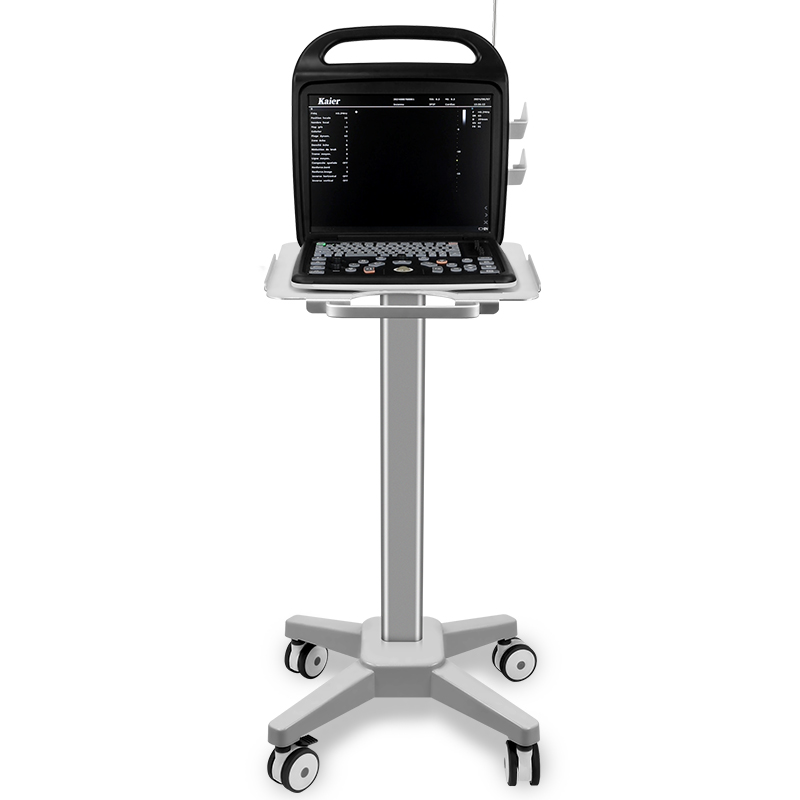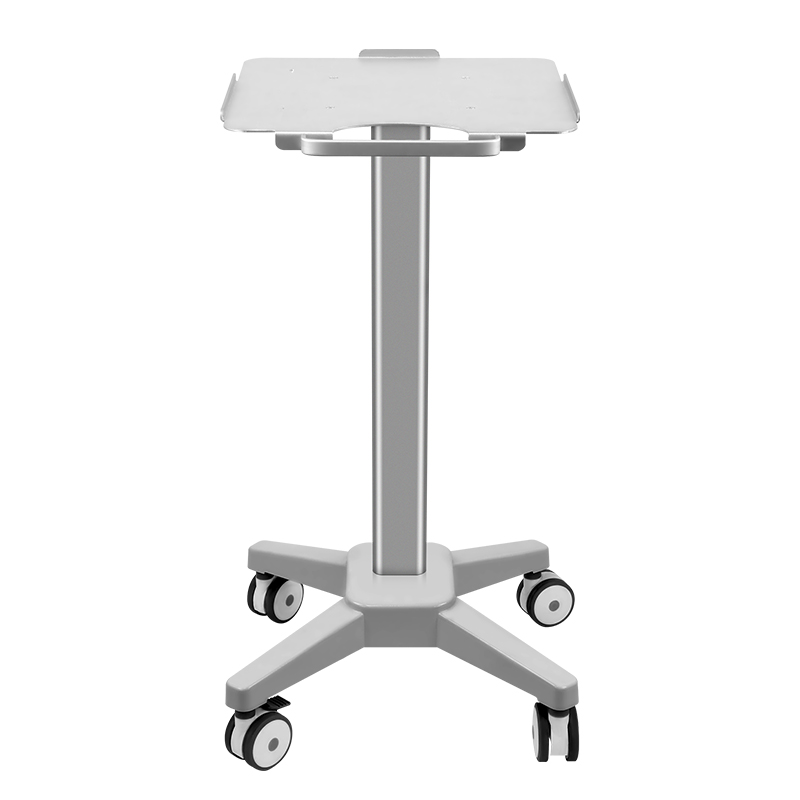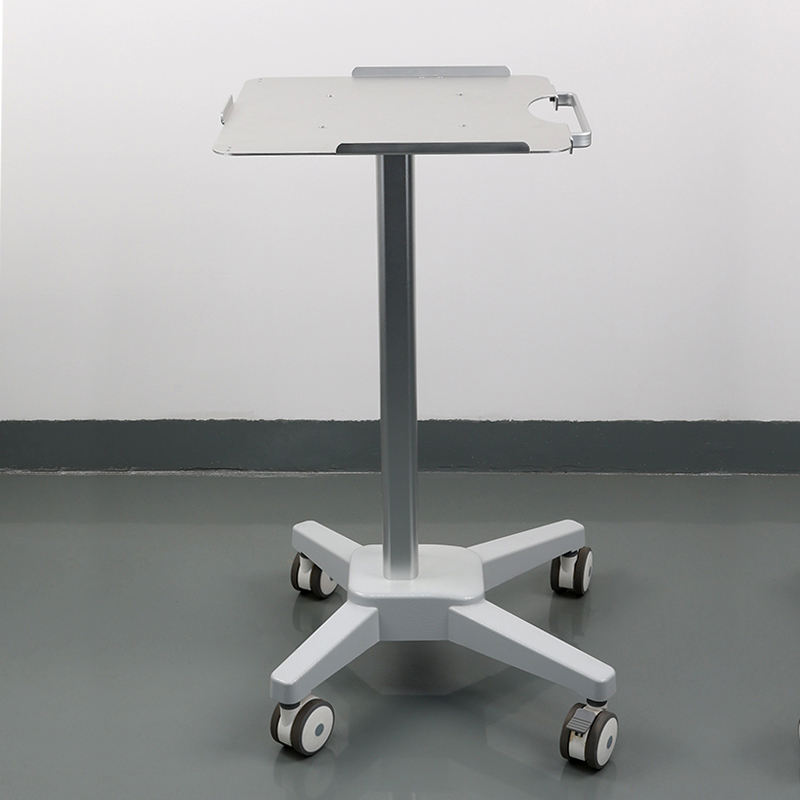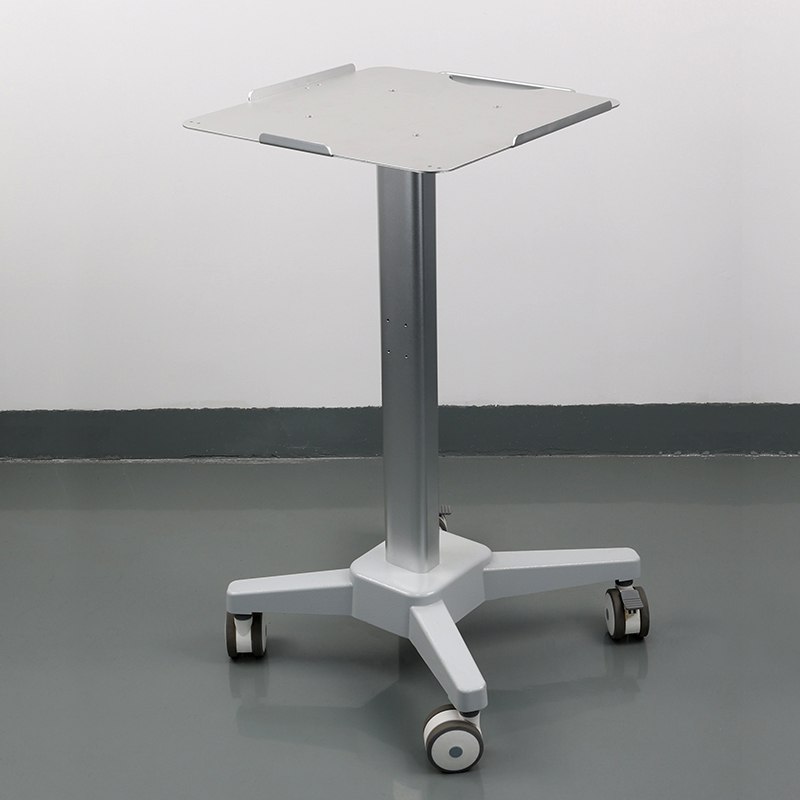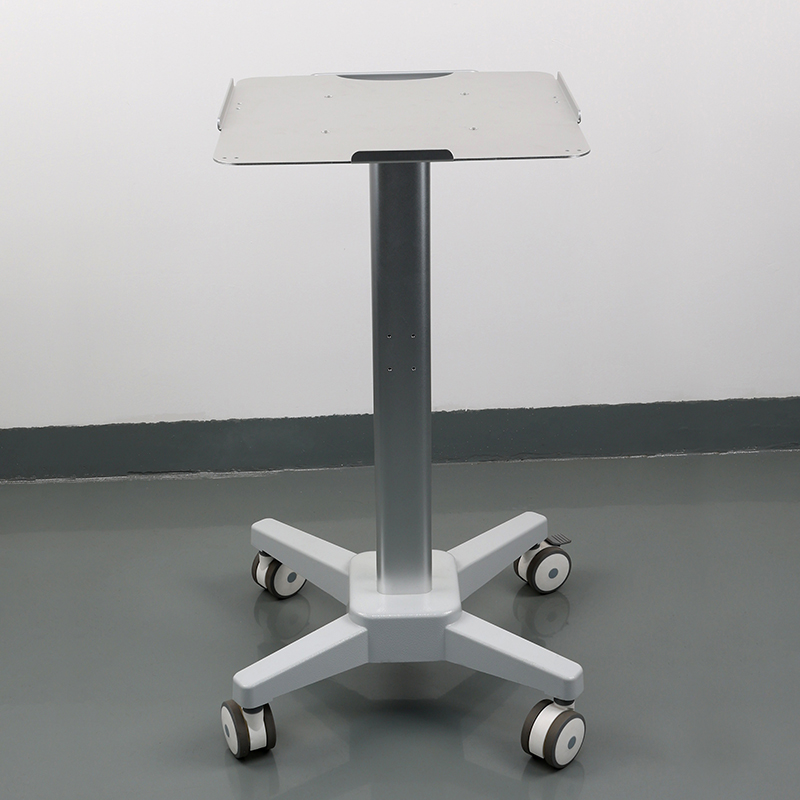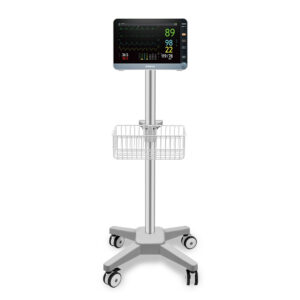Product Description: CRF 4-Wheel Universal Ultrasound/ECG Medical Cart (Model CA13Z004)
Brand: CRF
Material: Aerospace-Grade Aluminum Alloy (Anodized Surface)
Model: CA13Z004
Load Capacity: 100 KG
Caster Size: 4×3-inch Silent Wheels (2 Locking Brakes)
Product Weight: 6.4 KG
Optional Accessories: Cable Hook Rack, Detachable Basket, 4-inch Silent Wheels
Compatibility: Universal design for all ultrasound systems and ECG machines.
Overview
The CRF 4-Wheel Universal Medical Cart (Model CA13Z004) is a lightweight, ultra-durable mobility solution designed to streamline workflows for ultrasound and ECG procedures in clinical settings. Crafted from aerospace-grade aluminum alloy, this cart combines exceptional strength with effortless portability, making it ideal for hospitals, diagnostic labs, and mobile healthcare teams.
Key Features
- Aerospace-Grade Durability
- Anodized aluminum alloy frame resists corrosion, scratches, and chemical exposure, ensuring longevity in demanding environments.
- Supports up to 100 kg, accommodating ultrasound devices, ECG machines, monitors, and accessories.
- Silent, Agile Mobility
- 4×3-inch noise-reducing casters ensure smooth, quiet movement across floors.
- Dual locking brakes provide stability during critical procedures or stationary use.
- Ultra-Lightweight Design
- Weighing only 6.4 kg, it enables easy transport between departments, patient rooms, or mobile units.
- Compact footprint optimizes space in crowded clinical areas.
- Customizable Organization
- Optional accessories enhance functionality:
- Cable Hook Rack: Securely manage ECG leads, ultrasound probes, or cables.
- Detachable Basket: Store gels, electrodes, wipes, or sanitizers.
- 4-inch Silent Wheels: Upgrade for outdoor or uneven terrain use.
- Optional accessories enhance functionality:
- Universal Compatibility
- Compatible with all standard ultrasound systems and ECG devices, ensuring seamless integration into diverse workflows.
Technical Specifications
- Material: Aerospace aluminum alloy (anodized)
- Load Capacity: 100 kg
- Wheels: 4×3-inch silent casters (2 with brakes)
- Net Weight: 6.4 kg
- Accessories: Cable hooks, basket, 4-inch wheels (optional)
Why Choose CRF?
- Dual-Purpose Versatility: Perfect for ultrasound imaging, ECG monitoring, or hybrid diagnostic setups.
- Hospital-Grade Safety: Locking brakes and anti-tip design prioritize patient and staff safety.
- Effortless Maintenance: Anodized surface resists stains and simplifies disinfection.
Ideal for emergency rooms, cardiology departments, or mobile diagnostic teams, the CRF CA13Z004 Cart delivers unmatched mobility, durability, and adaptability for precision-driven healthcare.
CRF – Engineered to Move, Built to Perform.

